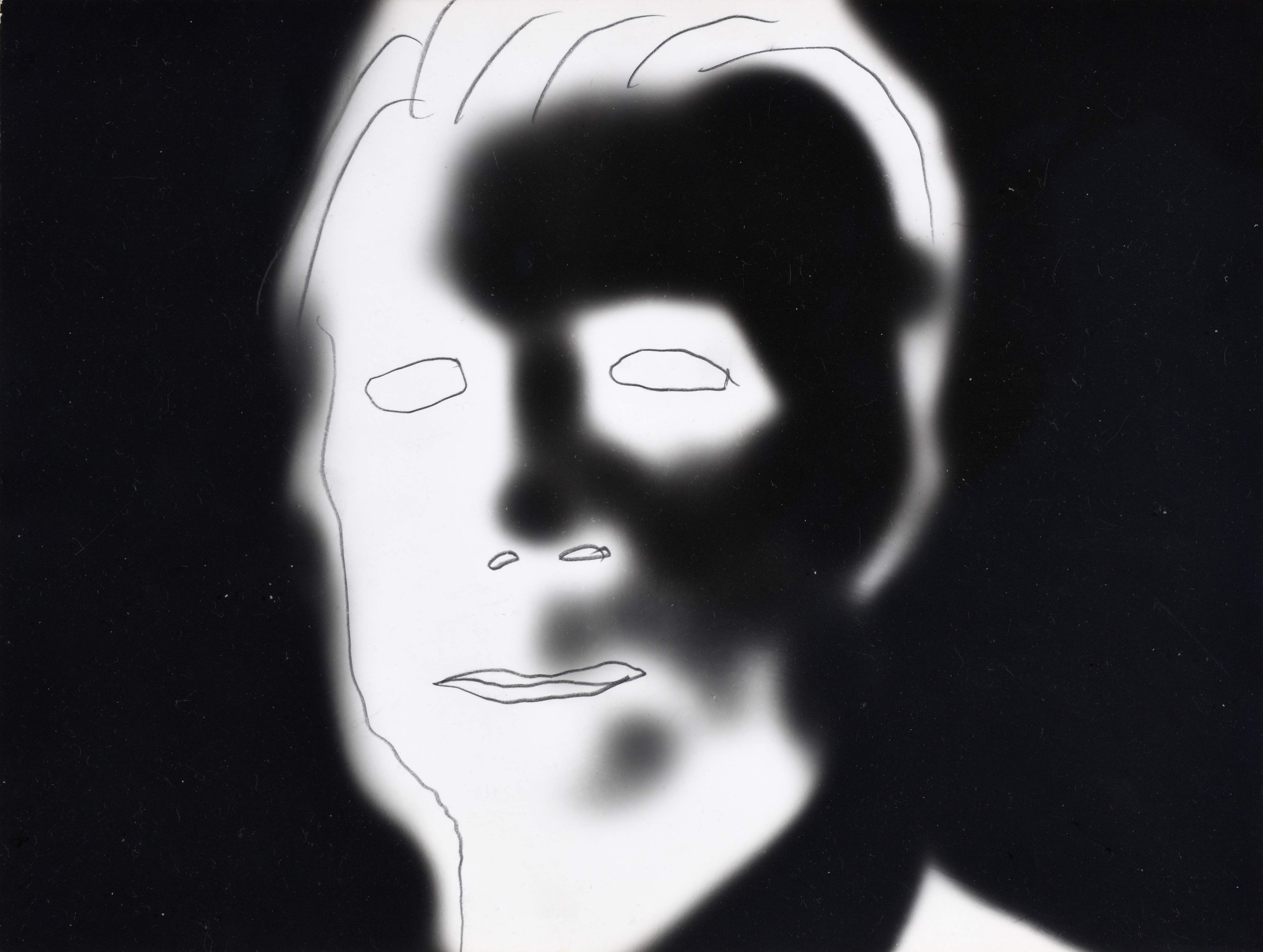Tibor Várnagy
TV, Fire, Malevich – Photos without a camera 1985–1988
| Venue: | acb Attachment |
| Date: | Feb 15 – Mar 29, 2019 |
Description
In its acb Attachment space, acb Gallery presents a selection of Tibor Várnagy’s (1957) cameraless photographs created between 1985 and 1988. Instead of drawing on the avant-garde photograms of the early 20th century or the reinvention of the photographic language by conceptual art in the ‘70s, Várnagy found his main sources of inspiration for the cameraless experiments in the new wave, gesture painting and action art. Similarly to many others in his generation, the artist began to photograph the TV screen as a kind of secondary reality in the early eighties. The lessons learned from these experiments led him to start making contact prints of the TV screen, exposed by the light of the cathode-ray tube. The artist used diverse substrates in the course of his contact project; most prints were exposed onto Forte’s popular high-contrast “Dokubróm” paper, but he used other black-and-white photo papers and, in 1987, in the frame of a Studio of Young Photographers competition, also colour paper. Várnagy’s most extensive group of cameraless works are the now exhibited TV contacts, made mostly between 1985/86 and 1987.
This experimental interdisciplinarity inspired by the new wave would continue to be an important motivation in later stages of the artist’s career. Várnagy had already been working actively as a member of the artist group Substitute Thirsters when he made his most well-known contact series, Fire Contacts in 1987. He set sheets of photo paper on fire, basically exposing them in the light of their own flame. Based on the gesture of setting fire, in a way, the remarkably expressive and analytical series symbolizes the self-disintegration of photography having reached its end in the 20th century history of photography.
Another group of works by Várnagy, Black Squares (1988) references the point of origin of modern art almost a century earlier: the black squares of Malevich. Although he continued using photo paper, in this case, his black rectangles were defined by the dimensions of his empty enlarger frame, through which he exposed the photosensitive paper to strong light. Várnagy’s portrait-format rectangles are overexposed in each case, evidenced by the light auras around the rectangles. At the same time, Várnagy’s work brings up the question of reproduction inherent in photography, relativizing the question of the irreproducibility of artistic gestures.
Tibor Várnagy’s first exhibition at acb highlights these three series out of the artist’s oeuvre of cameraless works, as although they were conceived decades ago, they have never been exhibited as a whole in Hungary. Therefore, their rediscovery is momentous not only with regard to Tibor Várnagy’s oeuvre but also in terms of the history of Hungarian photography.
Tibor Várnagy is one of the founding members of Substitute Thirsters. Following the group’s disintegration in 1991, he went on to form artist duos with Ágnes Eperjesi as well as Miklós Erhardt. His name has also become associated with the Liget Gallery, which he has been managing since its establishment. He has been engaged in visual arts since the early 1980s. Between 1991 and 1994 he was on Derkovits Scholarship. In the eighties, he had solo shows at venues now considered cultic: Bercsényi Club, Studio Gallery and FMK. In the past decades, he has been exhibited in every prominent Hungarian institution from the Ludwig Museum through Műcsarnok / Kunsthalle to the Hungarian National Gallery, from King Saint Stephen Museum in Székesfehérvár to Trafó Gallery. With the Substitute Thirsters, he was featured in the program of Künstlerhaus Bethanien in Berlin. Regarding his cameraless photographs, it is important to note that these works have been put on show across the United States, from the Houston Center for Photography to the Photopgraphic Resouce Center in Boston.


